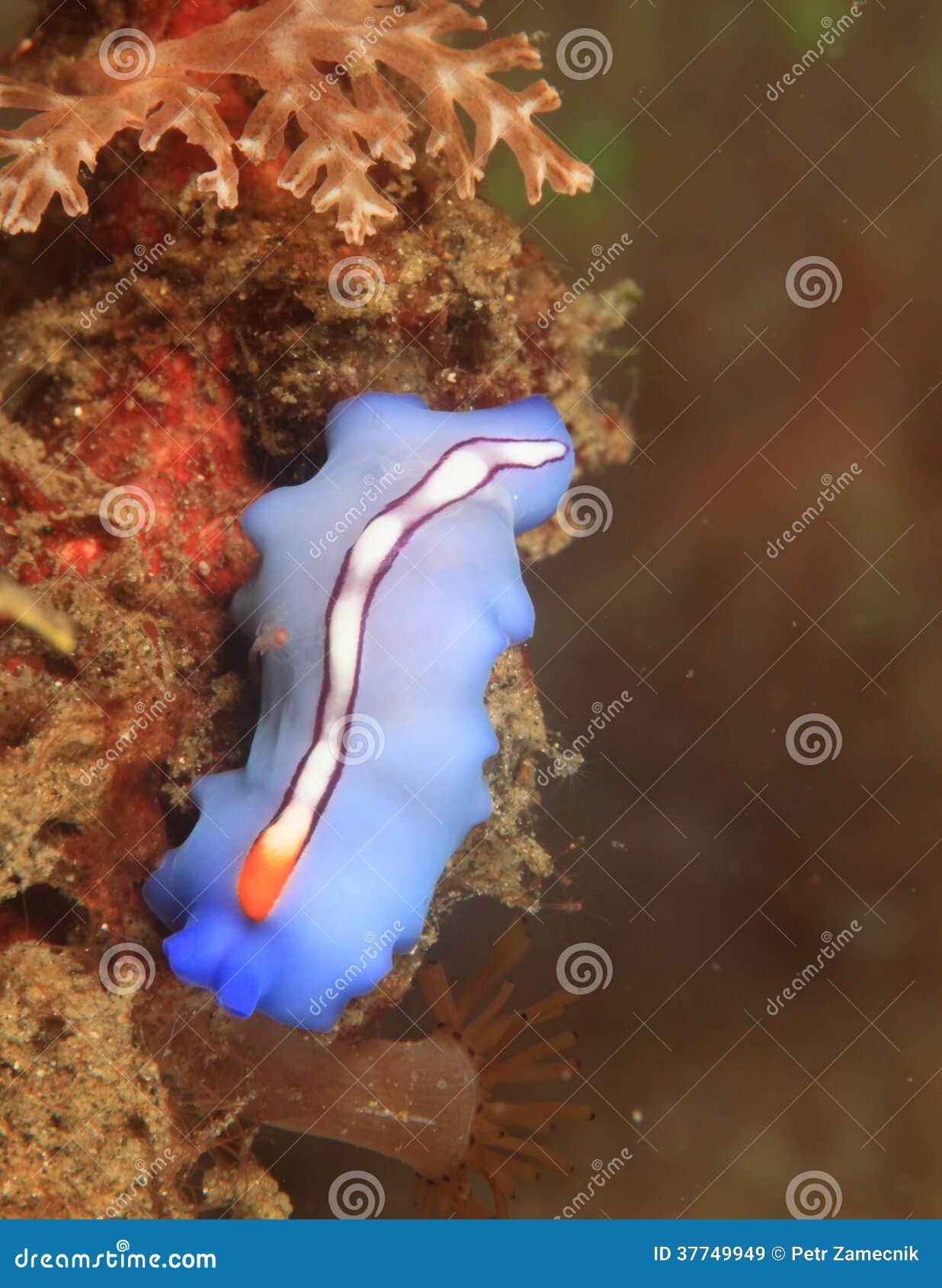


The eye-spots act as photoreceptors and are used to move away from light sources. Some planarian species have two eye-spots (also known as ocelli) that can detect the intensity of light, while others have several eye-spots. For example, a planarian split lengthwise or crosswise will regenerate into two separate individuals. Planaria exhibit an extraordinary ability to regenerate lost body parts. Formerly, the Tricladida was split according to habitats: Maricola, which is marine Paludicola which inhabits freshwater and Terricola, which is land-dwelling. Today, the order Tricladida is split into three suborders, according to their phylogenetic relationships: Maricola, Cavernicola and Continenticola. The triclads are characterized by triply branched intestine and anteriorly situated ovaries next to the brain. Some species are terrestrial and are found under logs, in or on the soil, and on plants in humid areas. Planaria are common to many parts of the world, living in both saltwater and freshwater ponds and rivers.

It usually describes free-living flatworms of the order Tricladida ( triclads), although this common name is also used for a wide number of free-living platyhelminthes. A planarian is one of the many flatworms of the traditional class Turbellaria.


 0 kommentar(er)
0 kommentar(er)
